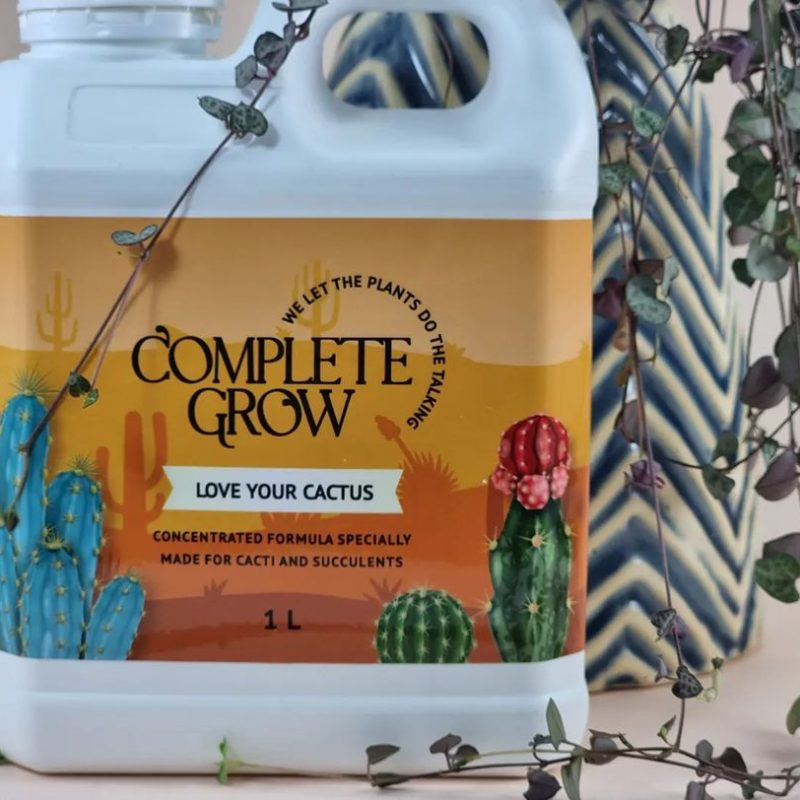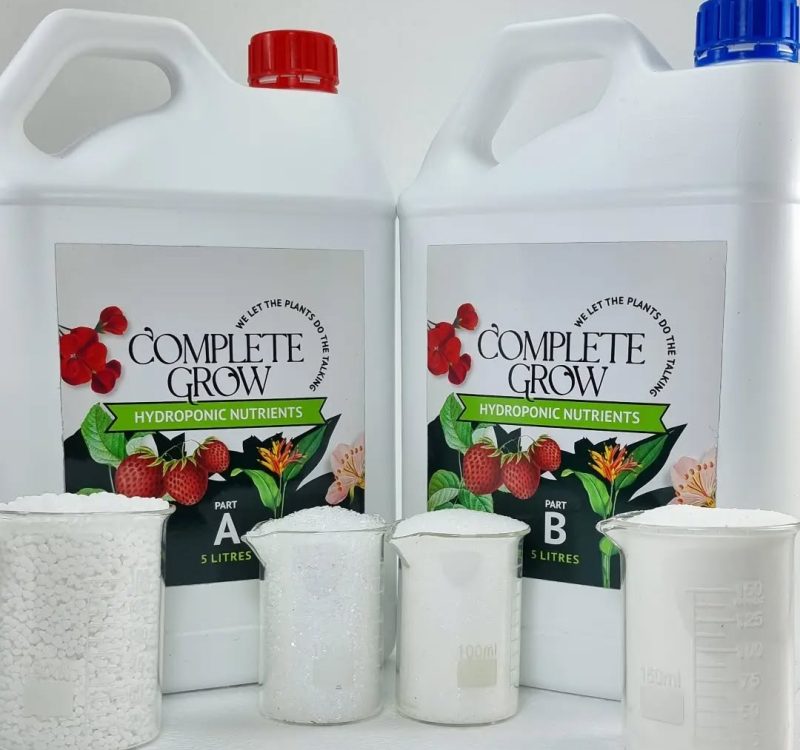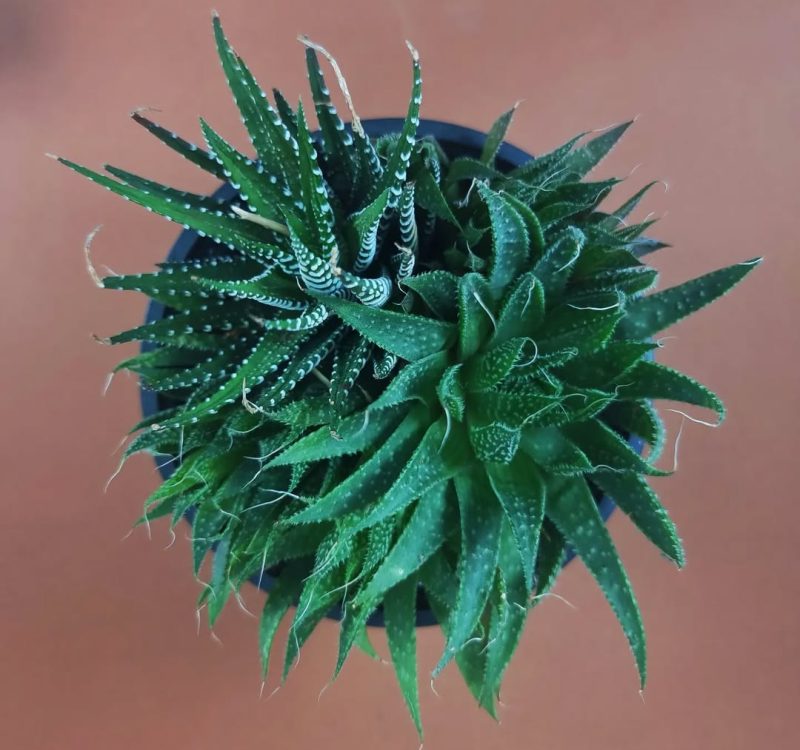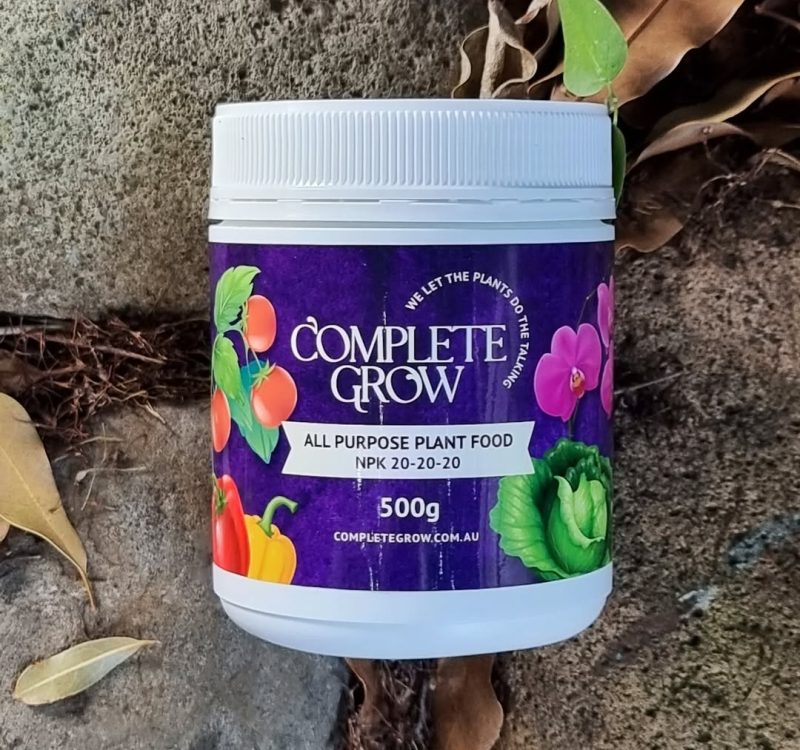Crinkle Leaf Plant
Transform Your Garden into a Personal Paradise!
Crinkle Leaf Plant – A Compact Succulent with Textured Charm
The Crinkle Leaf Plant (*Adromischus cristatus*) is a small, slow-growing succulent beloved for its wavy, scalloped leaves and unusual texture. Also known as the *Key Lime Pie Plant* or *Pillow Feet*, it’s a compact grower ideal for windowsills, pots, and collectors who appreciate rare foliage.Native to South Africa, this member of the Crassulaceae family forms low rosettes of triangular, grey-green leaves that feel thick and soft to the touch. The characteristic “crinkle” or “corrugated” tips give the plant its name and make it instantly recognisable among succulent lovers. Despite its size, it’s a hardy grower when given proper drainage and light.
In Australia, Crinkle Leaf Plants are best grown indoors or in protected spots where rainfall is minimal. They prefer dry air and warm temperatures, and in spring, they may produce tall, thin flower stalks with small, tubular blooms—often red or orange at the tips. While not grown primarily for its flowers, blooming is a sign of good health and maturity.
How to Grow Adromischus cristatus in Pots or Rock Gardens
Adromischus cristatus is ideal for succulent trays, shallow pots, and indoor displays. Due to its shallow root system and compact form, it’s well suited to small containers and thrives with minimal watering. It prefers filtered light and well-draining soil, especially in humid Australian climates where overwatering can quickly lead to soft, collapsed leaves.
With patience and the right conditions, this plant can live for many years, slowly developing a woody base and rewarding growers with occasional blooms. Crinkle Leaf is also relatively easy to propagate from a single leaf, making it a great plant to share among succulent collectors.

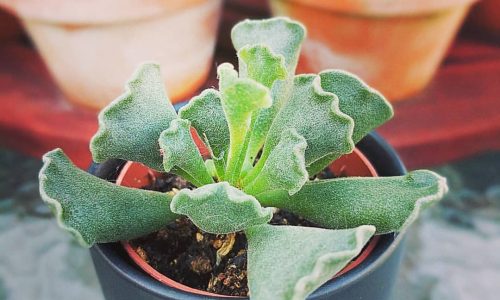
How to Care for a Crinkle Leaf Plant in Australia
Crinkle Leaf Plants are perfect for small-space succulent gardening. They require minimal care, but proper watering and lighting are essential to avoid issues like softening, rot, or leaf collapse. Here’s everything you need to know to keep *Adromischus cristatus* thriving in pots, trays, or windowsills.
- Light: Prefers bright, indirect sunlight. Indoors, place near a north- or east-facing window. Outdoors, grow under a patio, verandah, or shade cloth. Harsh direct sun may scorch the leaves, while low light causes stretching.
- Watering: Water deeply but infrequently. Allow the soil to dry completely between waterings. In summer, water every 2–3 weeks. In winter, reduce to once per month. Overwatering is the most common reason for leaf collapse or mushy foliage.
- Soil: Use a very gritty succulent mix. A blend of cactus potting mix with added pumice or coarse sand ensures good drainage. The roots are shallow and prone to rot in dense or wet soils.
- Temperature: Ideal range is 18–28 °C. Protect from frost and keep above 10 °C for best growth. Indoors is preferred in southern climates.
- Humidity: Low humidity is ideal. Avoid misting or placing the plant in steamy rooms like bathrooms.
- Fertilising: Feed lightly during spring and early summer with a diluted succulent fertiliser. Too much nitrogen causes rapid, weak growth. Feed only once a month during active growth.
Common problems include soft leaves or stems (a sign of rot), wrinkled or collapsing leaves (underwatering or poor roots), and pale colour from insufficient light. Crinkle Leaf Plants prefer being slightly root-bound and rarely need repotting. If your plant blooms, it’s usually in spring or early summer—tiny tubular flowers on long reddish stalks.
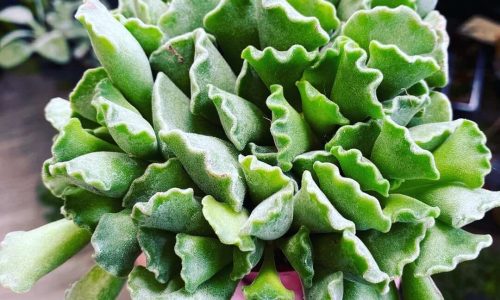
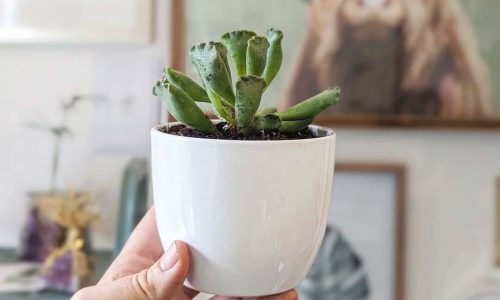
How to Propagate the Crinkle Leaf Cactus + Fix Soft or Collapsing Leaves
The Crinkle Leaf Cactus is slow-growing but incredibly easy to propagate from individual leaves. With the right technique and patience, you can multiply your collection or rescue a struggling plant with minimal effort.
Leaf Propagation Steps
- Twist a mature, healthy leaf gently from the base — it should come off cleanly without tearing.
- Place the leaf in a dry, shaded spot for 2–4 days to allow the base to callous over.
- Once calloused, lay the leaf flat on top of dry cactus mix. Do not bury it.
- Keep in bright indirect light and mist lightly every 3–5 days. Roots and a tiny pup may form within 2–4 weeks.
- Once rooted, reduce misting and water only when the mix is completely dry.
Troubleshooting: Leaves Falling Over or Turning Soft
- Leaves falling over or shrivelling? Often caused by underwatering or root damage. Check roots and slowly reintroduce moisture. Do not flood suddenly.
- Leaves turning soft or mushy? This is usually a sign of rot from overwatering or poor drainage. Remove affected leaves, stop watering, and check soil aeration.
- Plant topples over? Older Crinkle Leaf Cactus plants can become top-heavy. Gently repot deeper into gritty mix or trim offsets to rebalance the plant.
Frequently Asked Questions
- Can the Crinkle Leaf Cactus grow from a single leaf? Yes. It’s one of the easiest succulents to propagate via leaf cuttings — just allow time for the new plant to form from the base.
- Is the Crinkle Leaf Cactus toxic to pets? It’s generally considered non-toxic, but always keep it out of reach to prevent chewing or leaf damage.
- Does the Crinkle Leaf Cactus flower? Yes. In spring, it may send up a thin, reddish stalk with small tubular flowers. While not the main attraction, blooms signal good health.
To maintain firm leaves, healthy roots, and encourage flowering, feed your Crinkle Leaf Cactus once a month during spring and summer with CompleteGrow Cactus Succulent Plant Food Fertiliser Concentrate (NPK 2-7-7). Use at a reduced rate, and only apply to moist soil. Do not fertilise during winter dormancy.
Recommended Products
- Quick View
- Select options This product has multiple variants. The options may be chosen on the product page


